In April 2022, Elon Musk announced that he would purchase Twitter for 43.4 billion dollars. The Elon Musk Twitter takeover was not smooth at all, and controversy seemed to rear its head every step of the way. One point of contention is Twitter’s new verification system. Verified accounts, in the past, were given a blue tick once they had undergone a verification process. Now, these blue ticks are for sale, and anyone can get one. How will this new verification system affect brands? Should you buy a blue tick for your brand? And what about all the other colour ticks? PFTTTT. As an avid Twitter user myself, I’m going to fly you through Twitter’s new verification system.
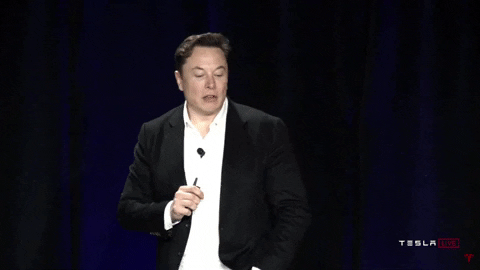
Elon Musk Twitter takeover
Elon Musk says his motivation to buy Twitter was not monetary. Instead, his desire to buy the platform stemmed from a wish to ‘help humanity’. In a letter, Musk wrote,
I invested in Twitter as I believe in its potential to be the platform for free speech around the globe, and I believe free speech is a societal imperative for a functioning democracy.
In a tweet, Musk wrote,
The reason I acquired Twitter is because it is important to the future of civilization to have a common digital town square where a wide range of beliefs can be debated in a healthy manner.
Musk has called himself a ‘free-speech absolutist’ and has repeatedly claimed that his Twitter takeover was motivated by a desire to quell social media censorship, despite facing criticism for his policy of banning accounts that promote alternative social media platforms and suspending accounts that published data on his private jet usage.
So far so good. I’m a fan of free speech and social media censorship and media manipulation has reached crushing levels in the past two years. So what else should we know about the new Twitter verification?
Fake accounts
Just hours after launching the new blue tick system, Twitter saw a huge wave of fake ‘verified’ accounts that were awarded the blue tick. While a lot of these accounts were humorous parodies that were fairly innocuous, some accounts that impersonated real public figures or companies had the potential for real consequences. A fake account impersonating a politician, for example, could unnaturally sway public opinion. One tweet from a fake account donning a blue tick that had particularly serious consequences was the above tweet from Eli Lilly and Company announcing that ‘insulin is free now’. Stocks for the company fell more than 5% as a result.

After the torrent of fake accounts adorned with the paid-for blue ticks, only days after first introducing the subscription feature, the platform temporarily halted its Twitter Blue subscription. This was done to ‘help address impersonation issues’ according to an internal Twitter memo. A short while later, the subscription service was reinstated, presumably with increased security measures.
Some verified ticks are for humour as shown below. Others are not.
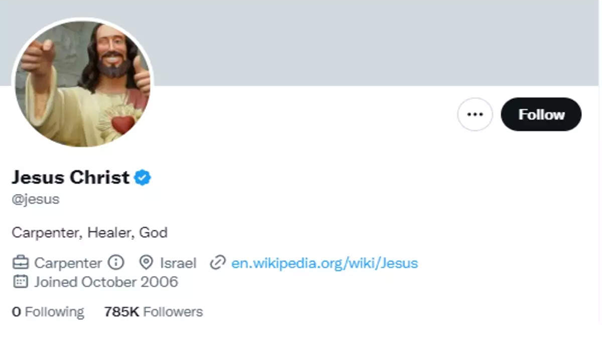
An introduction to the new system
After Twitter became inundated with joke and fake accounts using the blue tick, the platform responded by introducing additional verification measures i.e. gold and grey ticks in addition to the original blue tick. Here’s what all those ticks mean.
Blue tick
On Twitter, if an account bears a blue checkmark, then it either means that:
- The account is verified using policies from the earlier system, before the Elon Musk takeover.
- Or that the account is subscribed to the paid Twitter Blue subscription system enacted since the takeover.
Twitter users accessing the platform via the web can pay 8 USD to subscribe to Twitter Blue. However, Twitter users accessing the platform via iOS must pay 11 USD for the Twitter Blue subscription. The pros and cons of Twitter Blue will be explored further down.
Twitter Blue for Business has plans to further extend its features by adding the aptly named Twitter Verification for Organizations—Twitter describes it as ‘a new way for organizations and their affiliates to verify and distinguish themselves on Twitter’. Essentially this is a way for employees or partners of a business to state their connection to a particular company. These affiliated accounts will be given a small badge of the company’s profile picture next to their blue or gold checkmark.
Greggs shown below is thankfully very real!
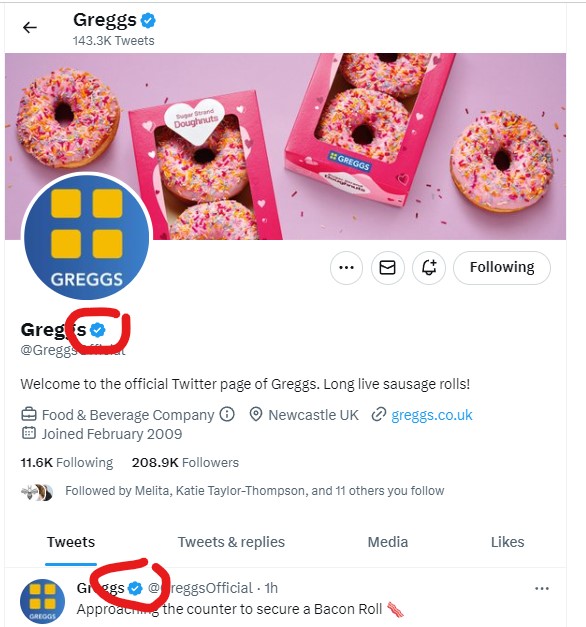
Gold tick
Twitter has introduced the gold tick to represent a verified business account. Sony, Marvel Entertainment, and Xbox were among the first companies to be awarded the golden tick. To get a gold tick, businesses must subscribe to the Twitter Blue for Business feature, and they may be awarded a gold tick. The exact stipulations for receiving this special gold tick have not been made clear, although it’s believed the company must be a large and established one. If a brand successfully secures the gold tick, it’ll also be given a square profile picture over the standard round one.
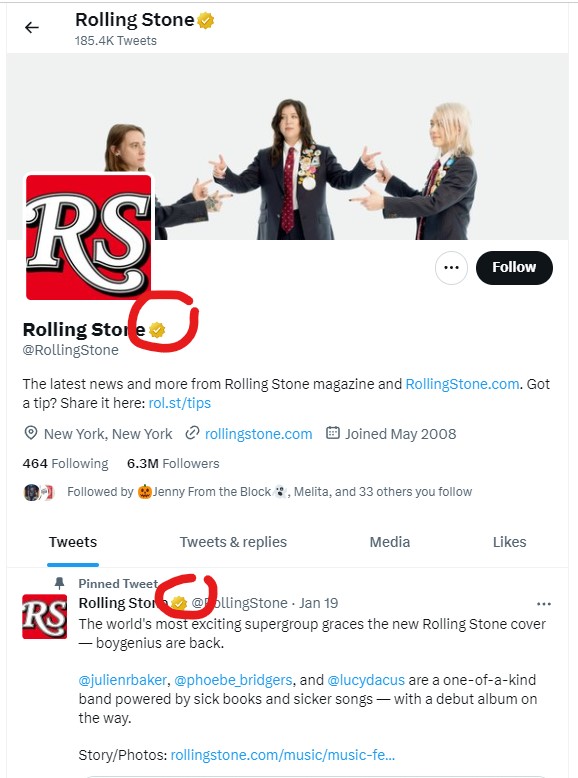
Grey tick
Twitter introduced the grey tick for government official or organisation accounts. This type of tick seems to be the one that is given out most sparingly. The awarding of a grey tick appears to be entirely at the discretion of Twitter. See how it looks below.
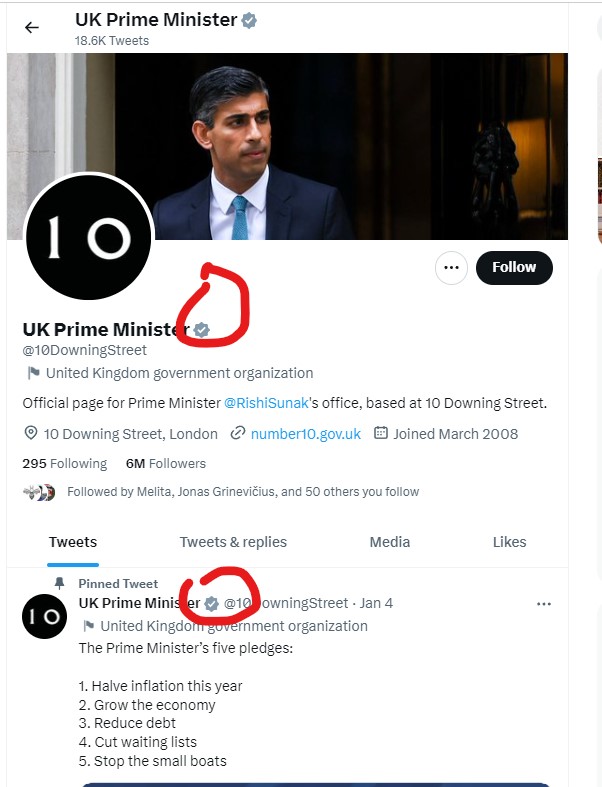
Official label
Along with all the colours of ticks, another designation was introduced with some accounts being awarded an ‘official’ label. This was likely in response to all the fake accounts that were impersonating real accounts after paying the $8 fee to get Twitter Blue. Official labels can be given to various companies including major brands, media outlets, and publishers.
Should brands buy verification?
This really depends on how you view the whole verification situation. On one hand, the blue tick might mean customers view you with an added layer of trust. On the other, if everyone and their mother is paying for Twitter Blue, is it really worth it? Let’s break down the pros and cons of paying for Twitter Blue.
Twitter Blue does have a fair few benefits for brands.
- Edit tweets: Ability to edit tweets up to 30 minutes after posting.
- Prioritisation: Priority in mentions, searches, and replies. Your brand will apparently show up higher in results, giving you increased brand exposure.
- Longer and better quality videos: Twitter Blue users can post longer videos in higher quality, potentially increasing interactions and giving the account more followers in the long run.
- Fewer ads: Twitter Blue subscribers see 50% less ads.
Cons of Twitter Blue include:
- Twitter Blue is no longer a badge of honour: In the past, an account with the blue tick was viewed with a certain level of respect. Now that anyone can attain a blue tick without much trouble, is it actually worth much?
- Fake accounts: As discussed, the new verification process has meant an influx of fake accounts posing as legitimate brands and individuals. Why should consumers trust that your account is the real brand account, even if you have the blue tick?
- Cost: Currently, brands must pay at least $8 a month to subscribe to Twitter Blue, but this could increase with time.
Is Twitter losing the trust of its followers?
Some experts predict that 30 million users will leave Twitter in the next two years following the Elon Musk takeover. This is according to the forecast by market research agency Insider Intelligence—the first annual declines forecast by the agency since it began tracking the platform in 2008. Reasons for this loss of trust in the platform include technical issues and the alleged proliferation of offensive content following the takeover. The demographics that are predicted to leave in the biggest droves are the under-25 and over-45 age groups as these groups ‘aren’t as loyal and are less willing to tolerate a degrading experience’.
Twitter says that:
Accounts that receive the blue checkmark as part of a Twitter Blue subscription will not undergo review to confirm that they meet the active, notable and authentic criteria that was used in the previous process.
So, if any account can get a blue tick—even if they’re not ‘notable’ or ‘authentic’—is there really a point? To get a blue tick, all you need to do is verify your phone number—by receiving a code to that number—and paying the reasonable $8 fee. Anyone can do that. In fact, Twitter came under heavy fire when it was discovered that several Taliban members had been signing up to Twitter Blue and adorning their accounts with blue ticks. The ticks have since disappeared.
In short, no, it seems we can’t trust a blue tick anymore. A blue tick is no longer any indication that a Twitter account is legitimate or official. The gold and grey ticks, along with ‘official’ labels seem to have more weight when it comes to identifying legitimate accounts. A blue tick might mean that an account is genuine, and it might mean an account is viewed through a lens of increased authenticity, but users should not consider a blue tick as an indication that an account can be trusted. Last week I flagged a blue tick account advocating for “rights for paedophiles.” Thankfully it’s now been blocked but why would such an account be given a blue tick in the first place?
My Take
The new Twitter verification system is confusing to say the least. As was immediately proven by internet users when it was rolled out, it’s also easy to abuse. While the internet may have had fun with creating and reading tweets purporting to be major companies and public figures, the potential for serious negative consequences shouldn’t be underestimated. It’s also seen as quite “uncool” amongst genuine creators on Twitter. Should artists, writers, influencers and thought leaders be paying to share their thoughts and populate the platform? I think not.
Will I be purchasing a blue tick? Right now I would say no, despite a clear drop in engagement and visibility/searchability on my Twitter accounts. I think that revenue should be coming from advertising rather than paying for verification. Do I dislike Elon? Actually no. I likened him recently to Puck in A Midsummer Night’s Dream. Something of an imp or an agent provocateur. My issue is with the verification and lack of recognition for genuine contributors.

There is evidence on both sides for whether the $8 fee is a fair trade for the benefits given to you with the blue tick. It’s also worth noting that this new verification system is very much subject to change, as it has several times already. What do you think about Twitter’s verification process? Tweet me @Charli_Says.